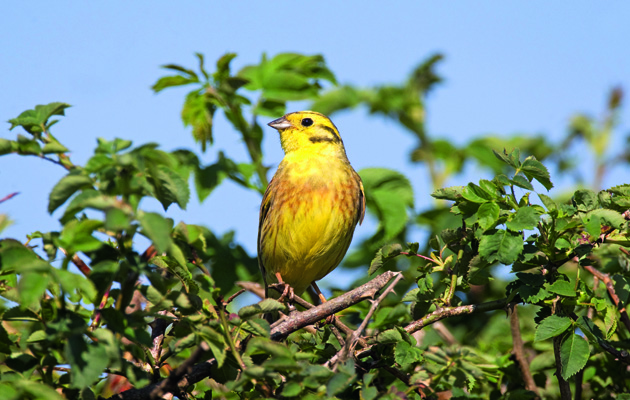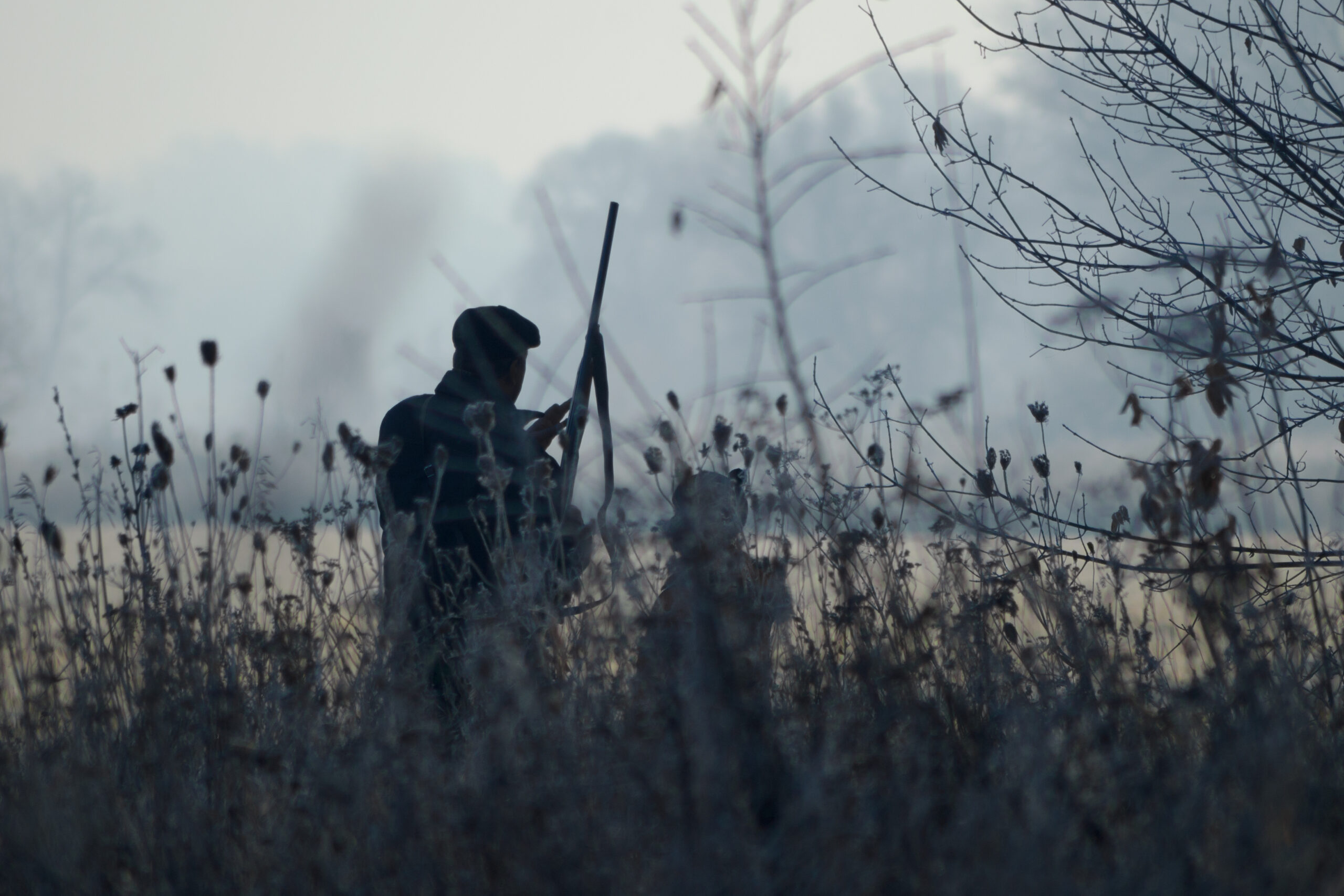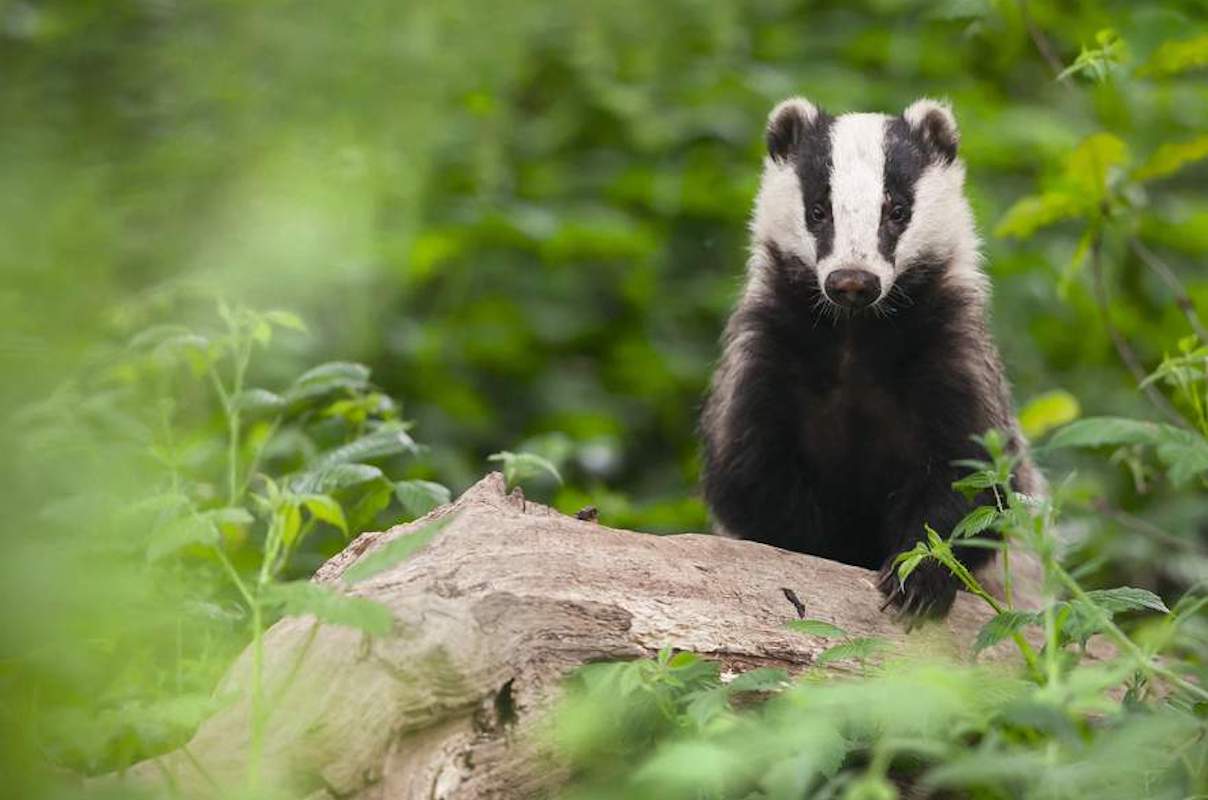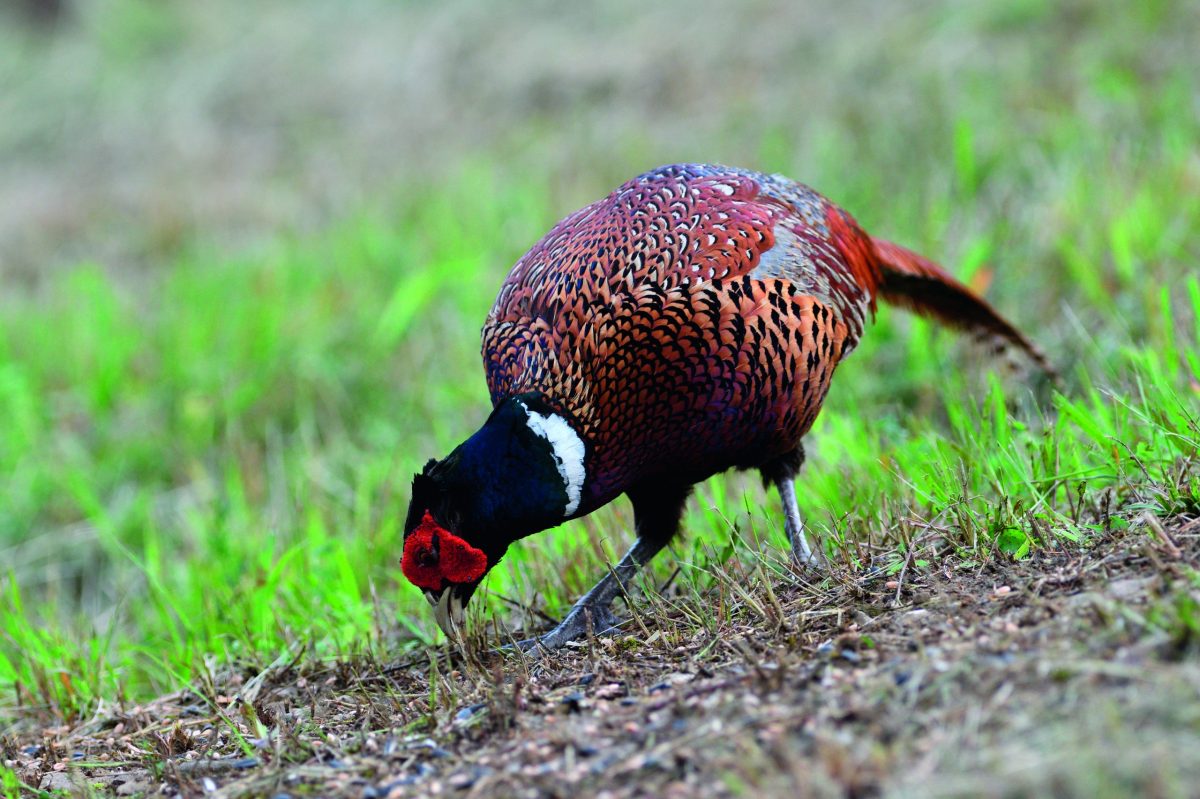Havens in our hedges
The GWCT’s Roger Draycott reveals how best to protect our hedgerows, which provide safety and sustenance for numerous species.
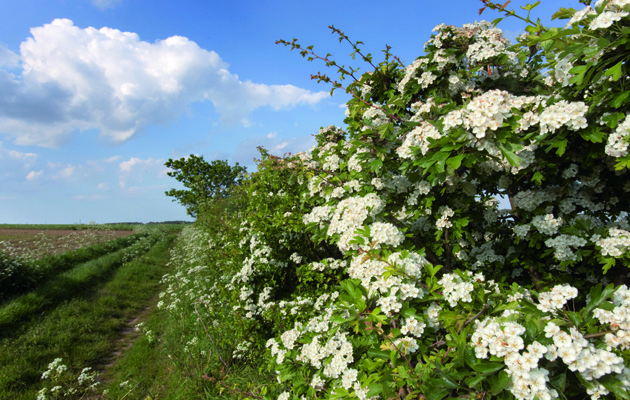
Hedges define farmed landscapes and are important habitats for many birds and other wildlife. Gamekeepers and shooting folk have long recognised the importance of hedges for gamebirds, both in the nesting season for wild birds and dispersal routes from woodland release pens for reared pheasants. They also help provide some of the most exciting shooting around – partridges driven over hedges in the traditional manner!
GWCT scientists have been studying hedgerows for many years and recent studies show that farms with a game shoot have, on average, 27 per cent more hedges than farms without a shoot. Also, the grass margin – which is just as important as the hedge itself, tends to be 24 per cent wider on farms with a shoot. If that wasn’t enough to demonstrate that shoots play an important role in the conservation of this important wildlife habitat, the studies also showed that hedges on game shoots are more likely to be bordered by a wildlife margin like wild bird cover. Those are the positives, but it is important to highlight that in some circumstances gamebirds can have a negative impact on hedgerow vegetation. Where more than 1,000 pheasant poults are ‘encouraged’ away from a release pen along one hedge to a game cover, then the bottom of the hedgerow vegetation can sometimes be degraded. To avoid this we recommend that no more than 1,000 poults be fed out from the pen along one hedge. Providing some lead out strips of gamecover next to the hedge can reduce the problem, as can encouraging birds out of the pen in another direction – along a different hedge, for example. That way, we can ensure that the overall environmental impact of game management on hedgerows and the wildlife that uses them will be positive.
A hedge is a wildlife haven all year-round. A thicket of hawthorn, blackthorn and other shrubs hides and protects songbird nests. The same shrubs provide berries for birds and small mammals. Adjacent to it, perennial grasses and herbs make nesting cover for pheasants, partridges and yellowhammers. This tussocky vegetation cover also protects partridges from raptor strikes in early spring when birds are pairing up. Wild partridges, when selecting nest sites, actively seek out hedges where there is dead, uncut grass left over from the previous year – so try to leave the majority of hedgebanks or hedgeside vegetation uncut if possible.
Butterflies like comma, gatekeeper and small tortoiseshell live on the knapweed, scabious and nettle found along hedgerows.
Keeping it trim
Hedges need looking after to ensure they retain their primary functions as stock proof boundaries or shelter and protection for adjacent crops and to reduce wind soil erosion. If a hedge becomes too tall, it loses all these properties and an unruly hedge that starts encroaching in to the field can be a farmer’s nightmare. Keeping a hedge in good order also increases its potential for sustaining wildlife.
If they are getting too tall, then hedge laying or coppicing will likely be necessary. Hedge-laying provides fantastic results in just one year and there are over 30 different styles of hedge-laying around the country. Coppicing can work well too, but beware of deer browsing on coppice stools. These can be protected by laying brash over the stools to provide short-term protection. When ‘gapping up’ hedgerows, always select shrub species that are both native and grow locally.
Providing a mix of species will provide the maximum wildlife benefit and could include hawthorn, blackthorn, hazel, field maple, dogwood, spindle and crab apple (a particular favourite of pheasants). When planting new hedges, if they are on arable land then hedges should be planted at four per metre in staggered double rows. If they need to be stock proof, then increase the planting density to six per metre. Planting should be carried out between November and March into a strip of ground 1.5m wide that has been prepared with herbicide or cultivation. Finally, use good quality hedge plants of British native origin and ideally sourced locally. If looked after carefully, within five years you will have a hedgerow brimming with wildlife to be proud of.
When planting hedges, inlude:
– A variety of shrubs, some of which provide berries and fruit.
– A square profile, which does not invade the adjacent grass margin.
– An adjacent bank (at least one metre in width), which contains perennial grass and flowers. This should be protected from herbicide drift and crop fertilizer otherwise it can degrade into a blanket of sticky cleavers or invasive sterile broom. The hedgerow can then create the sheltered conditions suitable for bumblebees and butterflies.
– Spiral hedgerow guards should be used on new plantings.

